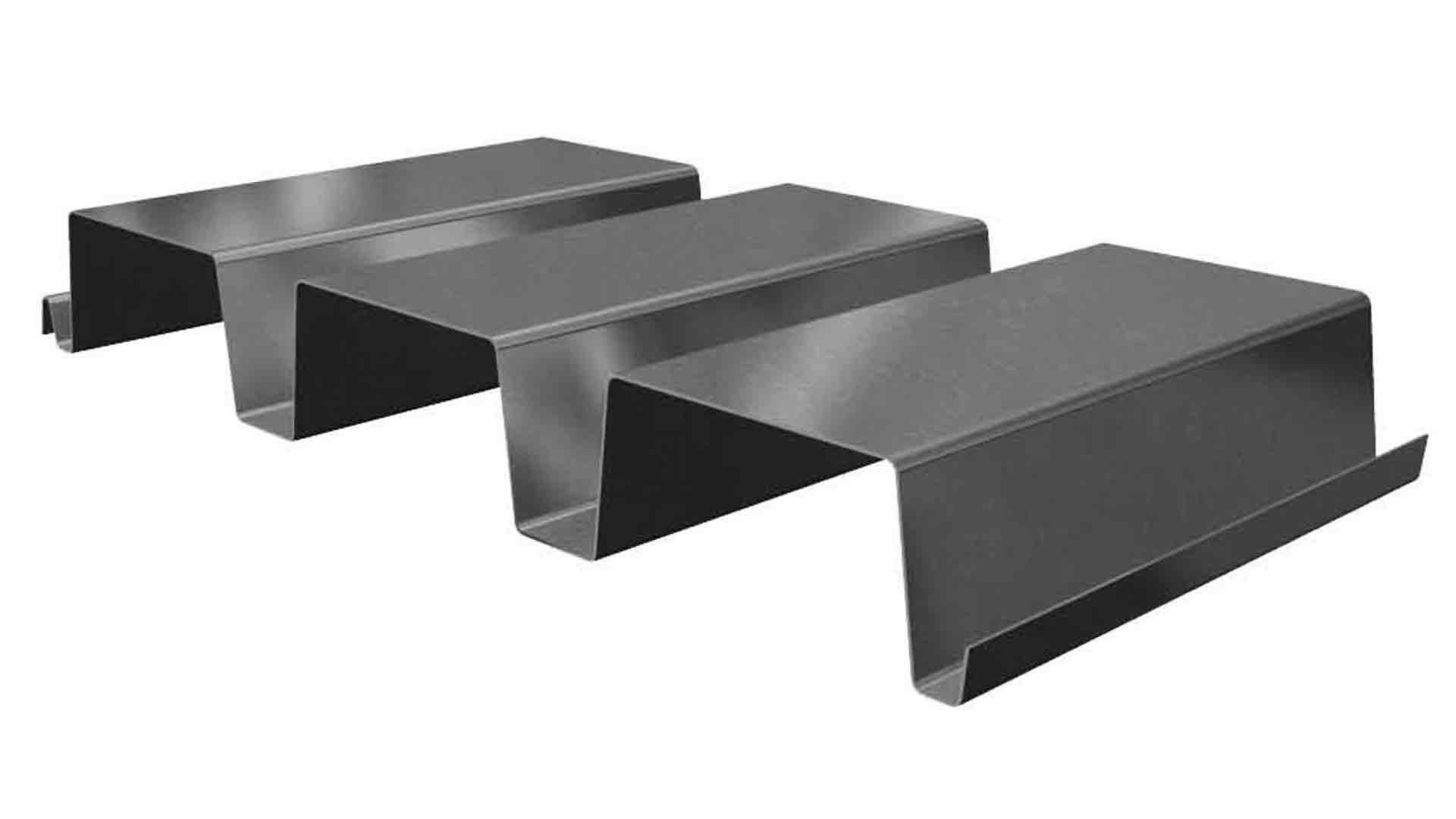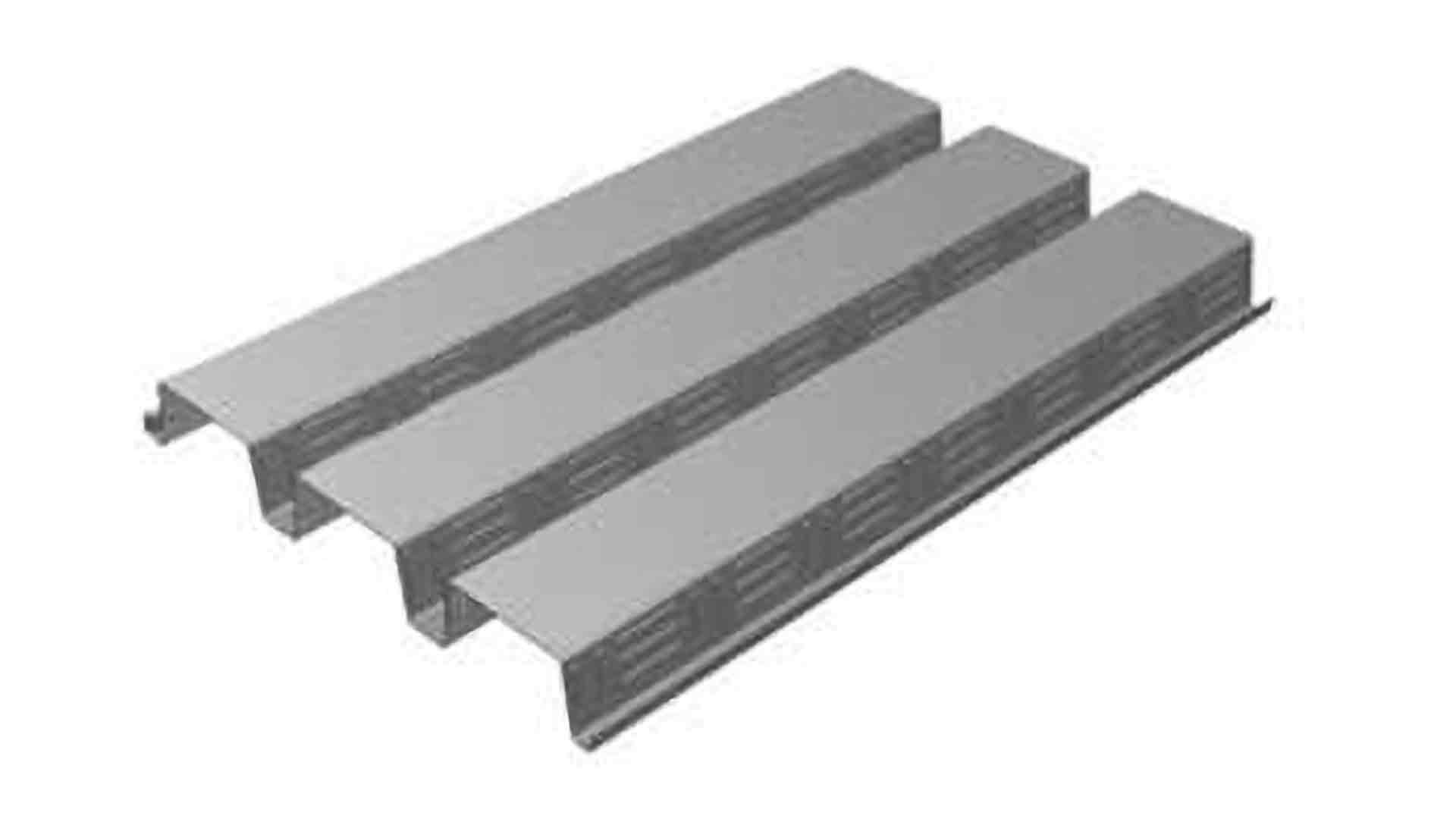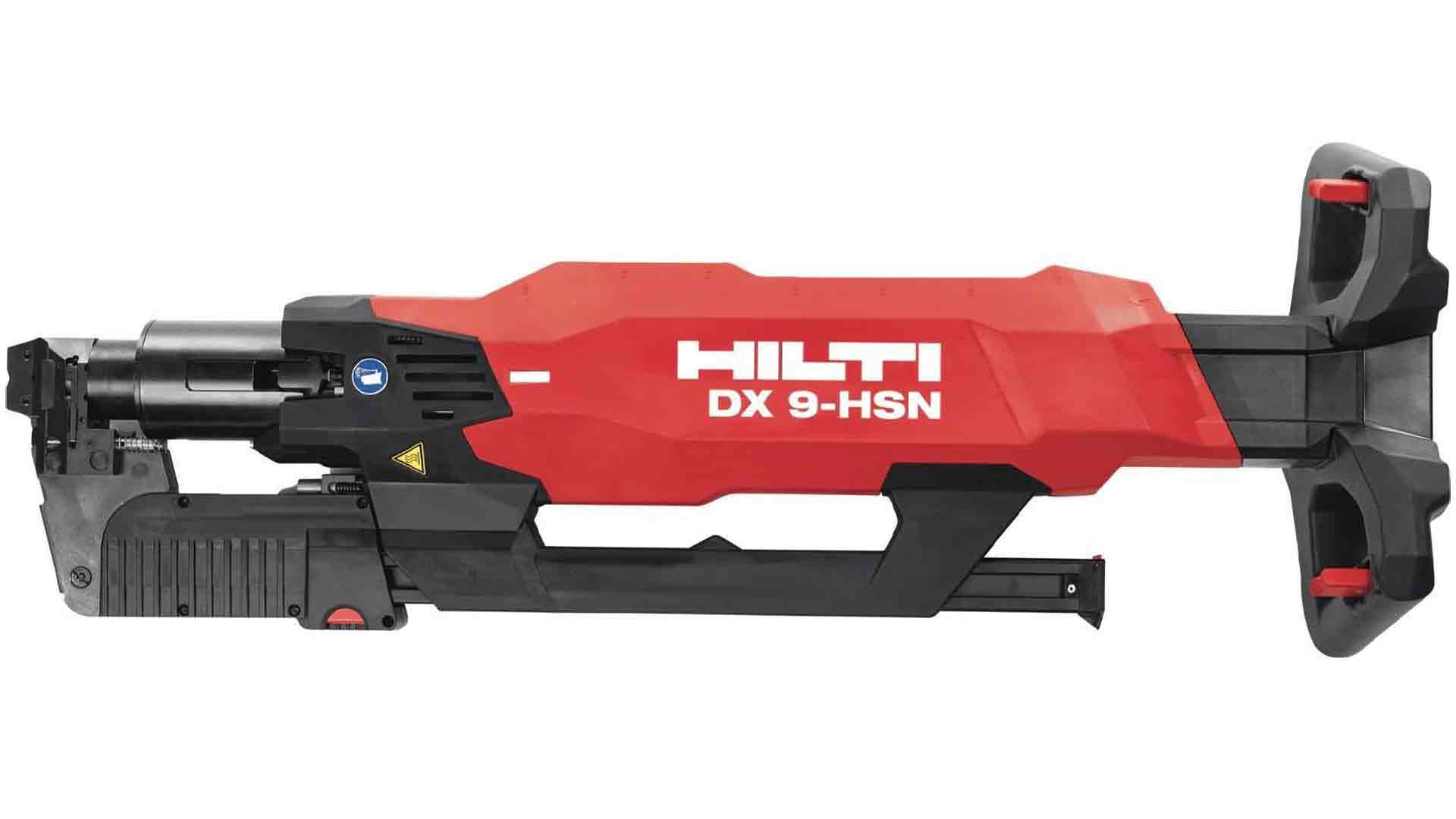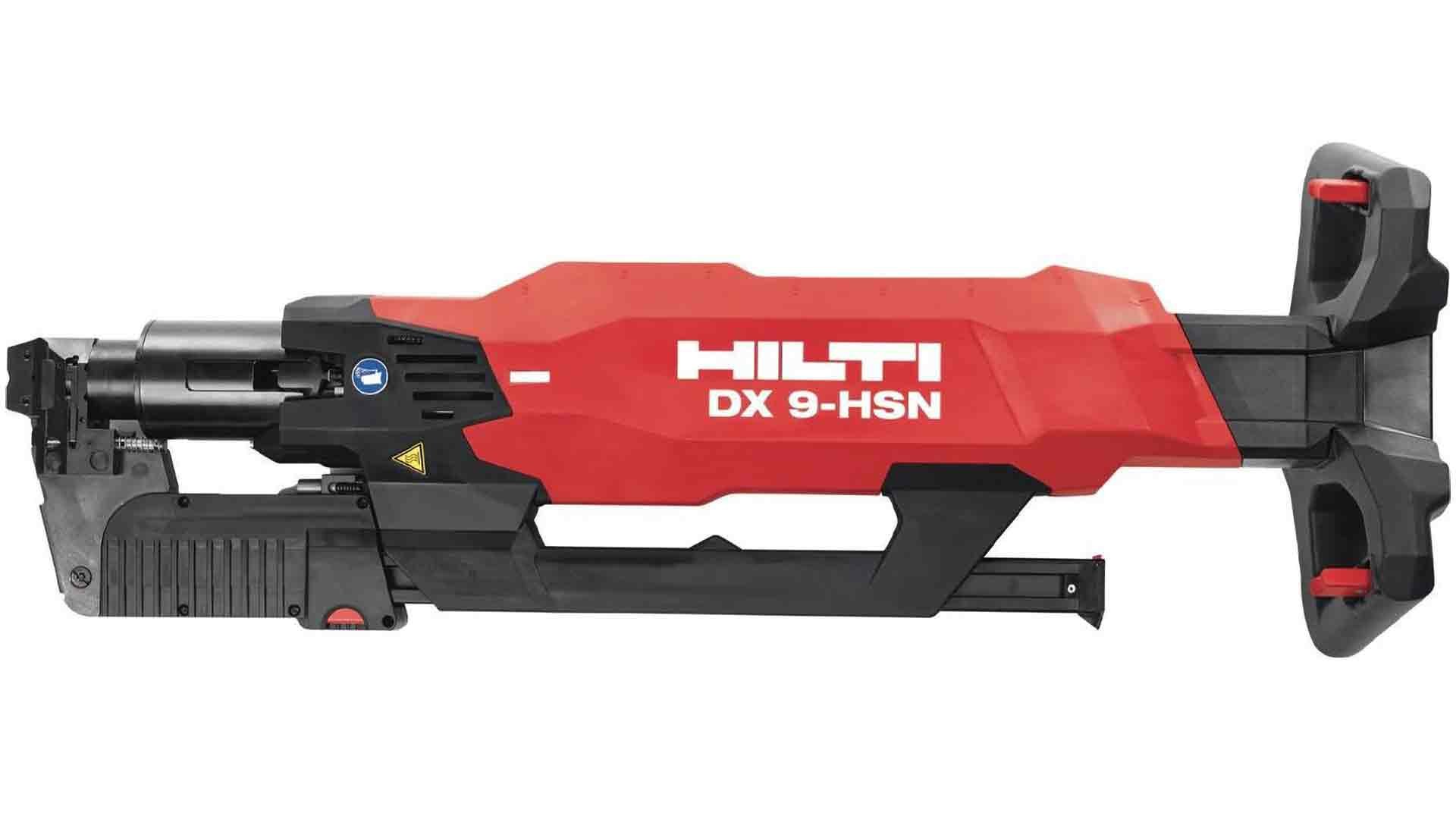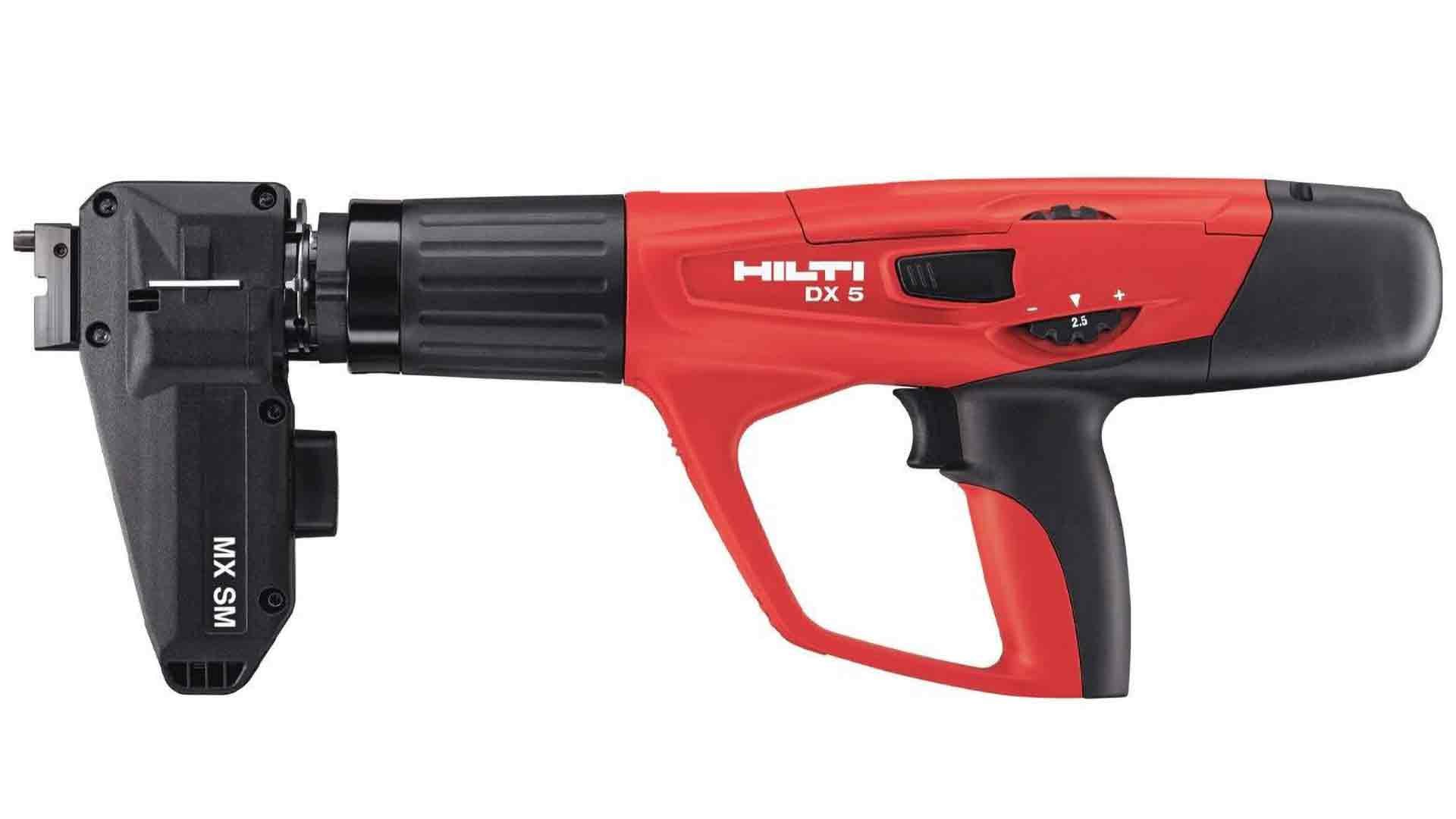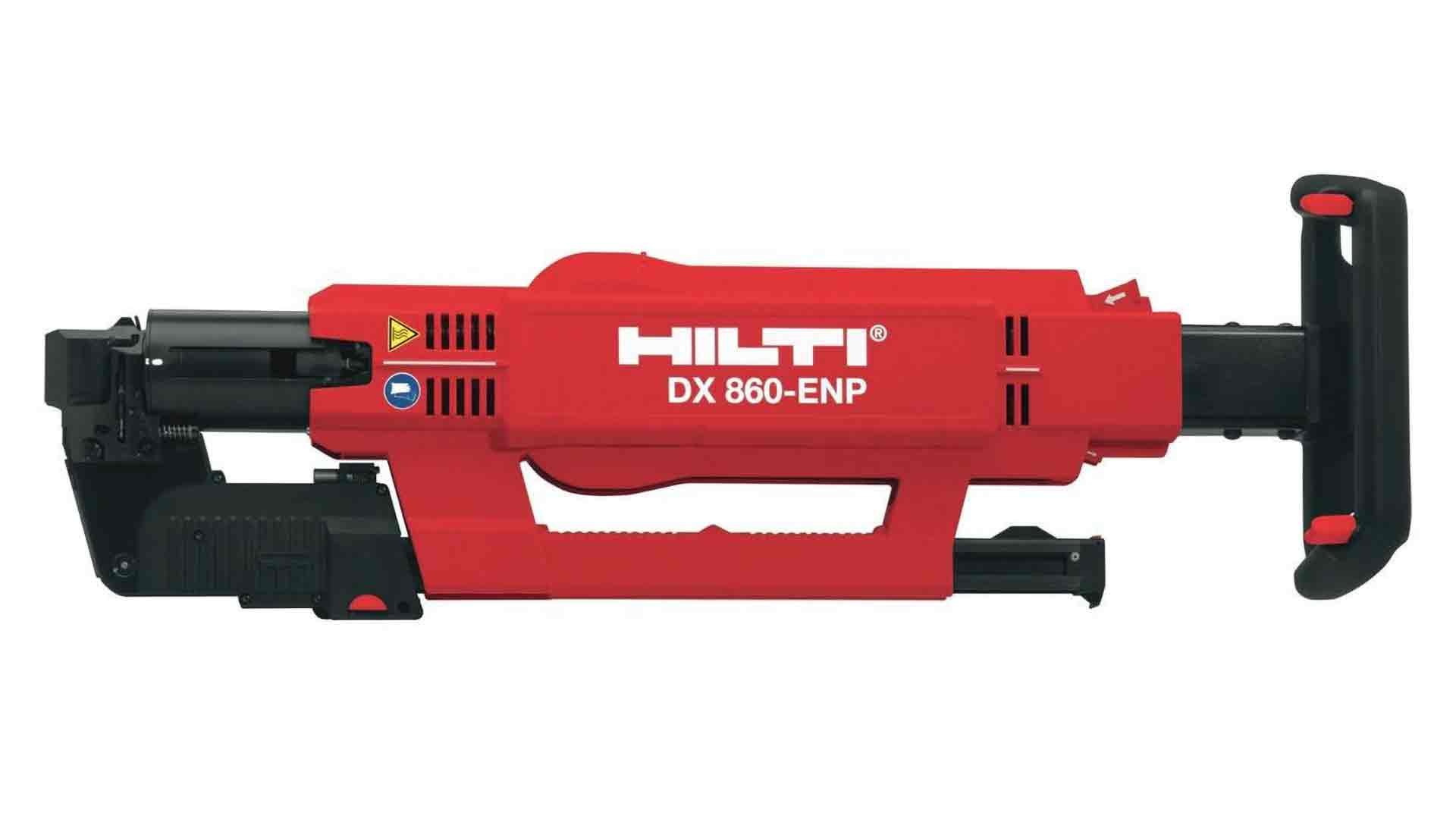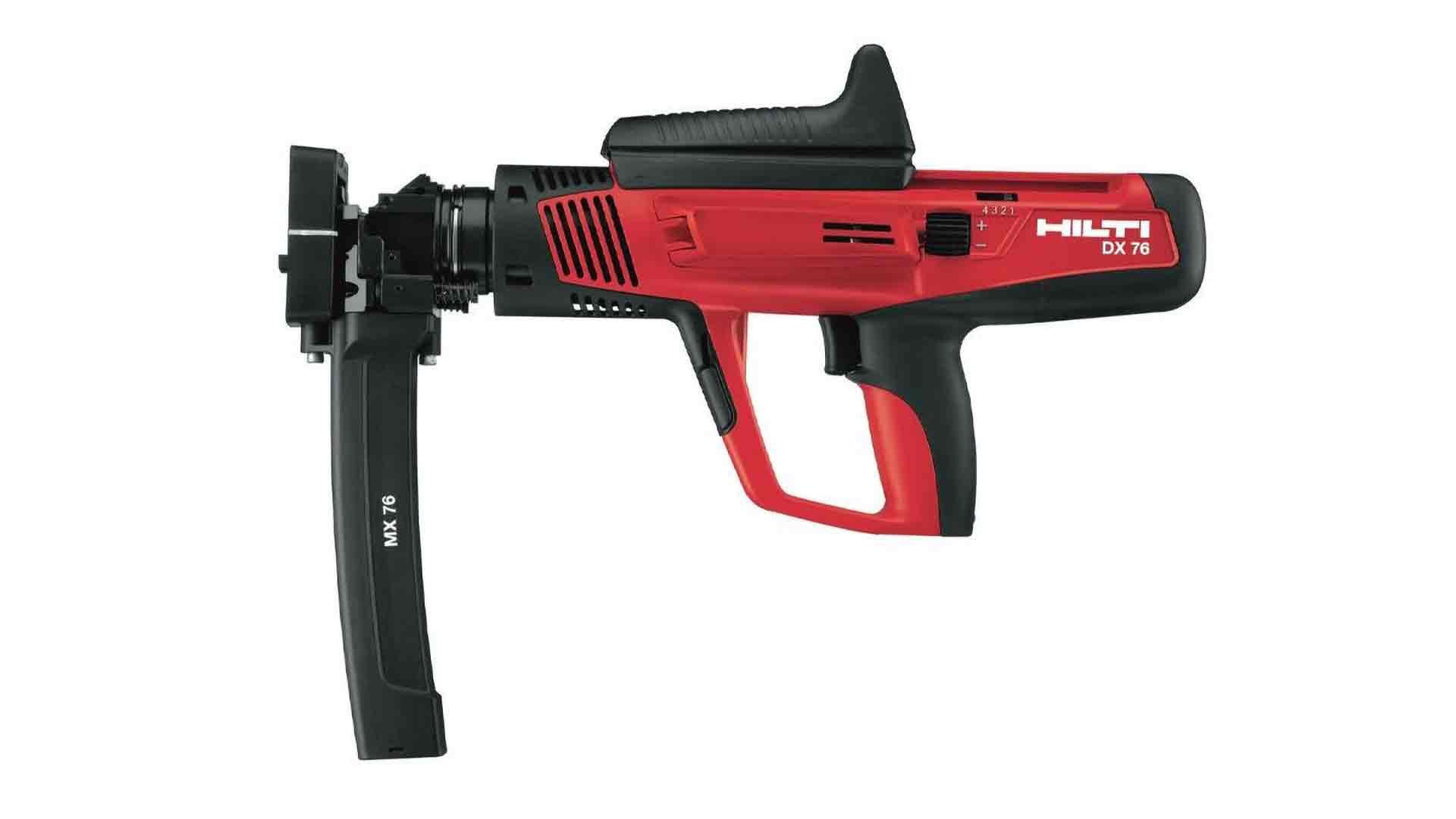Mechanically Fastening Metal Decking: Tool & Fastener Types
Have you ever been on a job and tried to attach two items, but for one reason or another you couldn’t get it to work. Maybe you were using the wrong fastener or the wrong type of tool. Whichever the case, you learned that there are proper fasteners and tools for attaching different types of materials.
Needless to say the same is true for attaching metal decking to the structural steel framing beneath it.
Structural steel has a wide range of available thicknesses. So if you are mechanically fastening metal decking, you need to know the different types of tools to use as well as different fasteners.
The two most well-known manufacturers of tools and fasteners for mechanically fastening metal decking are Hilti and Pneutek. They each have different tools and fasteners that are specifically designed to attach metal decking to different thicknesses of structural steel.
We at Western Metal Deck want to make sure you are using the right tool and fastener for your metal decking job. While most jobs will have a set of plans with metal decking specifications that state which fastener to use, they don’t normally specify which tool to use. Because Hilti and Pneutek systems are frequently specified on metal decking jobs, it’s important to understand the different tools and fasteners for both manufacturers.
Hilti Powder-Actuated Fastening System For Metal Decking
Hilti is well known in the steel industry for its quality and range of tools. Over the years they’ve developed a system to replace the need for attaching metal decking by welding. This system included the use of a Hilti powder-actuated tool and a specific fastener to attach the metal decking to the structural framing.
But what tools and fasteners should you use? As mentioned earlier, it depends on the thickness of structural steel the metal decking is attaching to.
- For attaching metal decking to structural steel that is between ⅛ inch to ¼ inch the recommended tools and fastener are:
The type of fastener that is normally used is: X-HSN-24
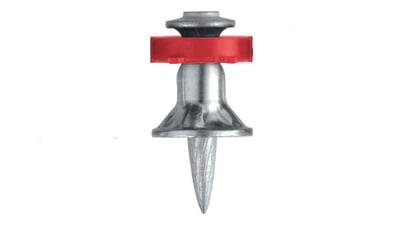
- For attaching metal decking to structural steel that is a minimum thickness of ¼ inch, the recommended tool is:
The type of fastener that is normally used is X-ENP-19L15.
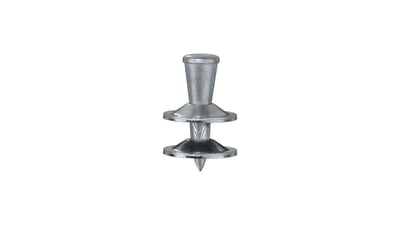
Pneutek Pneumatic Fastening System For Metal Decking
Pneutek offers a similar system that is meant to replace the need for a weld to attach metal decking to the structural steel framing. However, Pneutek utilizes a pneumatic tool that uses an air compressor to shoot pins through the metal decking and into the structural steel.
The type of tool to use and the type of fastener again depends on the thickness of the structural framing that the metal decking is attaching to. See the chart below for recommended tools and fasteners to use for the different thicknesses of structural steel:
|
Thickness of Structural Steel (Inches) |
Type of Tool | Type of Fastener |
| 0.113-0.155 | PT-400Z | SDK61075 |
| 0.155-0.250 | PT-400Z or PT-1500Z | SDK63075 |
| 0.188-0.312 | PT-1500Z or PT-2000Z | K64062 |
| 0.281 & up | PT-2000Z | K64062 |
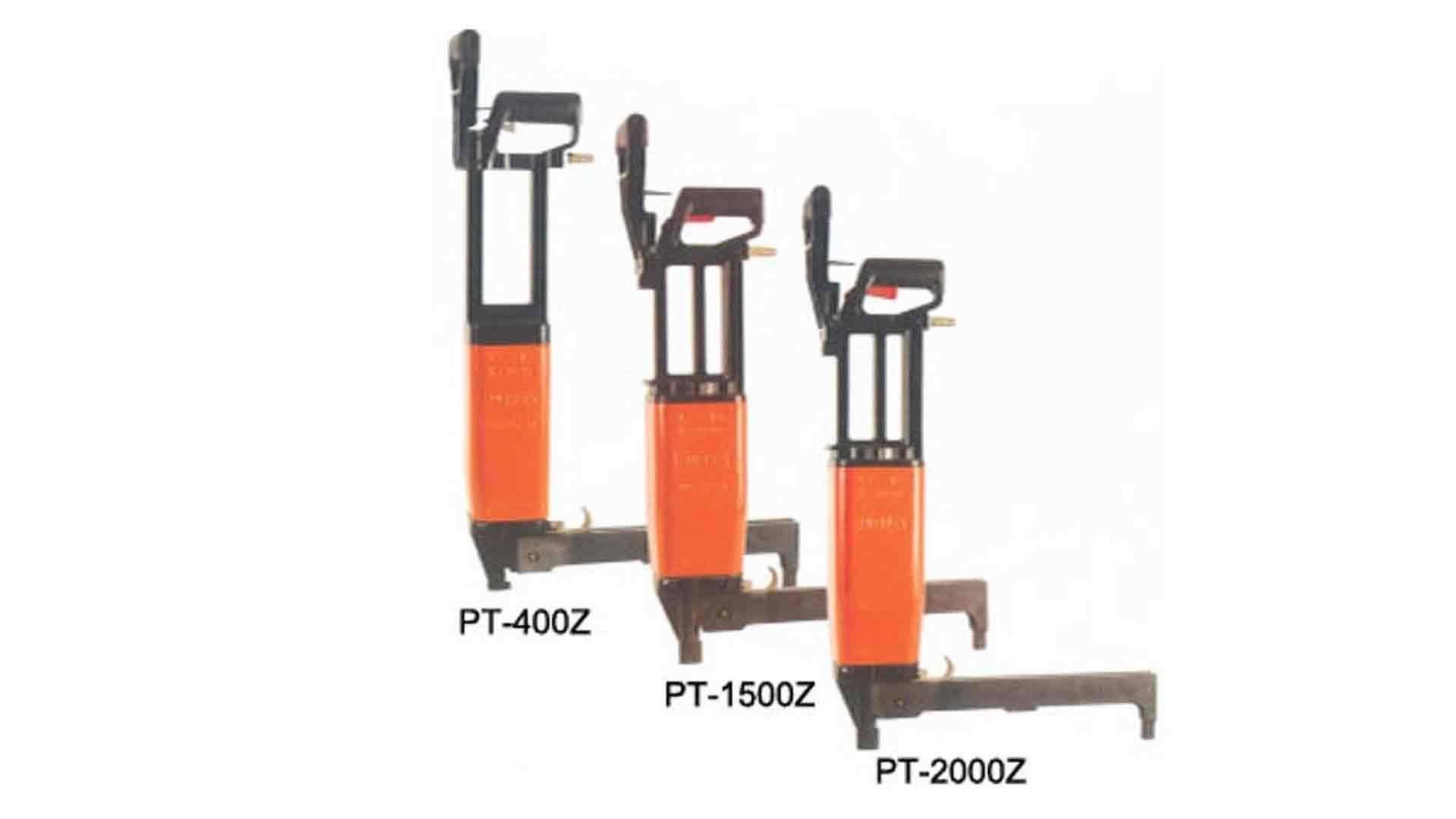
|
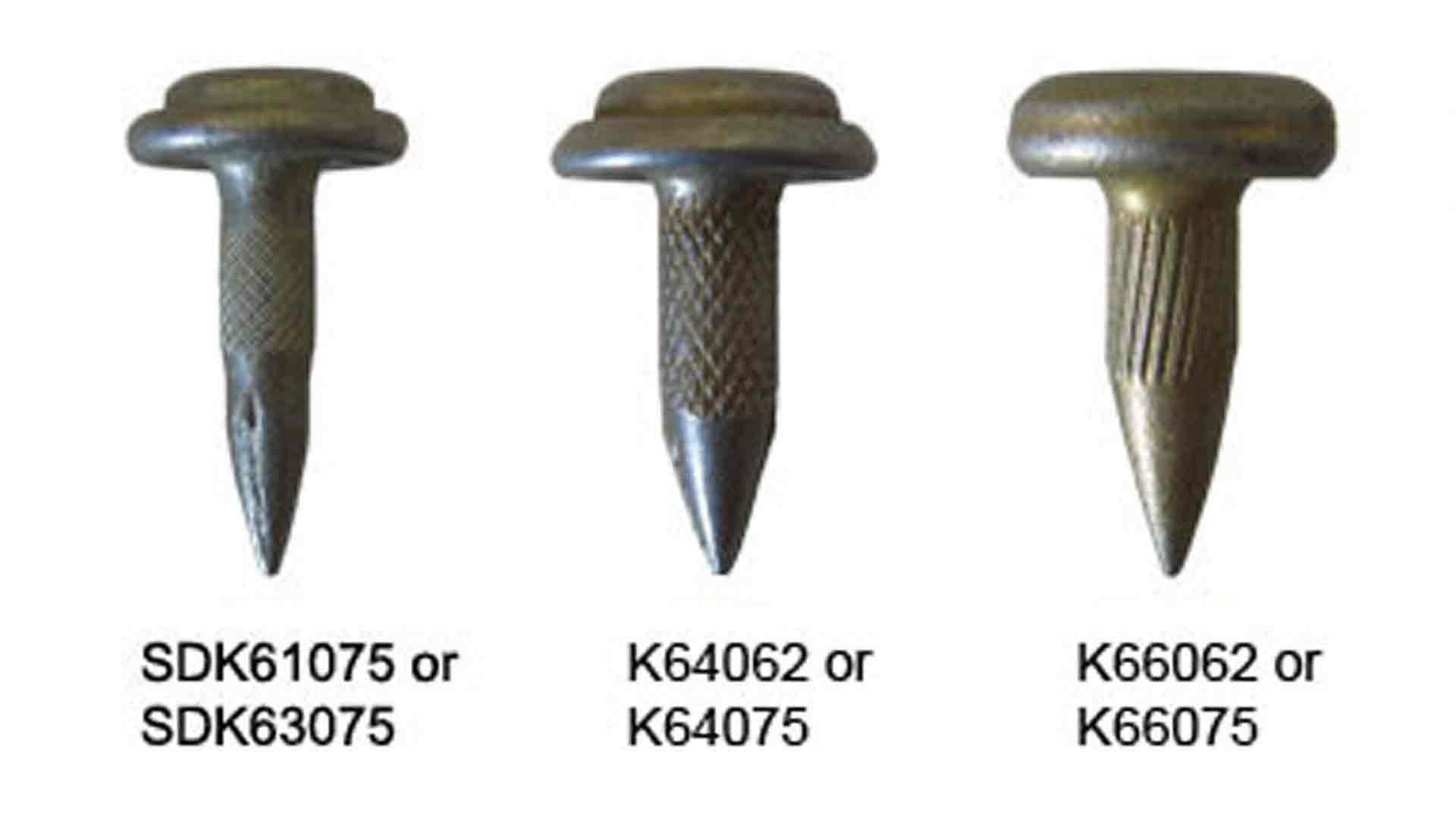
|
How Do Hilti & Pneutek Metal Decking Fastening Systems Compare?
Both HIlti and Pneutek created similar types of systems designed to be an improved method for fastening down the metal decking. While the traditional method of welding required a skilled worker to weld through light gauge metal into thick structural steel, the mechanical fastening method created by both manufactures made it possible to have a laborer attach the metal decking with very little training.
While both systems appear to be similar, in the fact that they both require a tool and special fastener to attach the metal decking, they are in fact different.
So what makes them so different?
Hilti uses a powder-actuated tool, which operates similarly to a gun. The tool holds the fasteners and when the trigger is pulled the powder cartridge fastener is shot through the metal decking and into the structural steel.
Pneutek uses a pneumatic tool. The tool is powered using an air compressor. It requires an air hose to connect to the air compressor, once connected, you pull the trigger and shoot the fastener through the metal decking into structural steel.
They each have developed their own patented system, and have done testing to measure the strength of the connection made from the attachment of metal decking to structural steel. The results vary depending on the type of metal decking, the thickness of steel, attachment pattern, number of attachments, type of fasteners used, along with other types of engineering information. To find out the strength of attachment it is best to check the decking manufacturers’ website. Most have calculators that will give you the diaphragm strength values once you input all relevant data.
Read about the advantages and disadvantages of mechanical fastening systems.
If you are trying to figure out which system is best, we, unfortunately, can’t answer that for you.
In our experience when it comes to using a pneumatic versus a powder-actuated tool, personal preference is a big factor. Also, the overall strength values do vary depending on a number of different factors. One major thing to note is these systems aren’t interchangeable. Meaning if you have a job specifying a Hiti fastening system, you should not take it upon yourself to use a Pneutek fastening system. However, if you do find that the overall values are similar, you can try and get the engineer to change the job specification.

